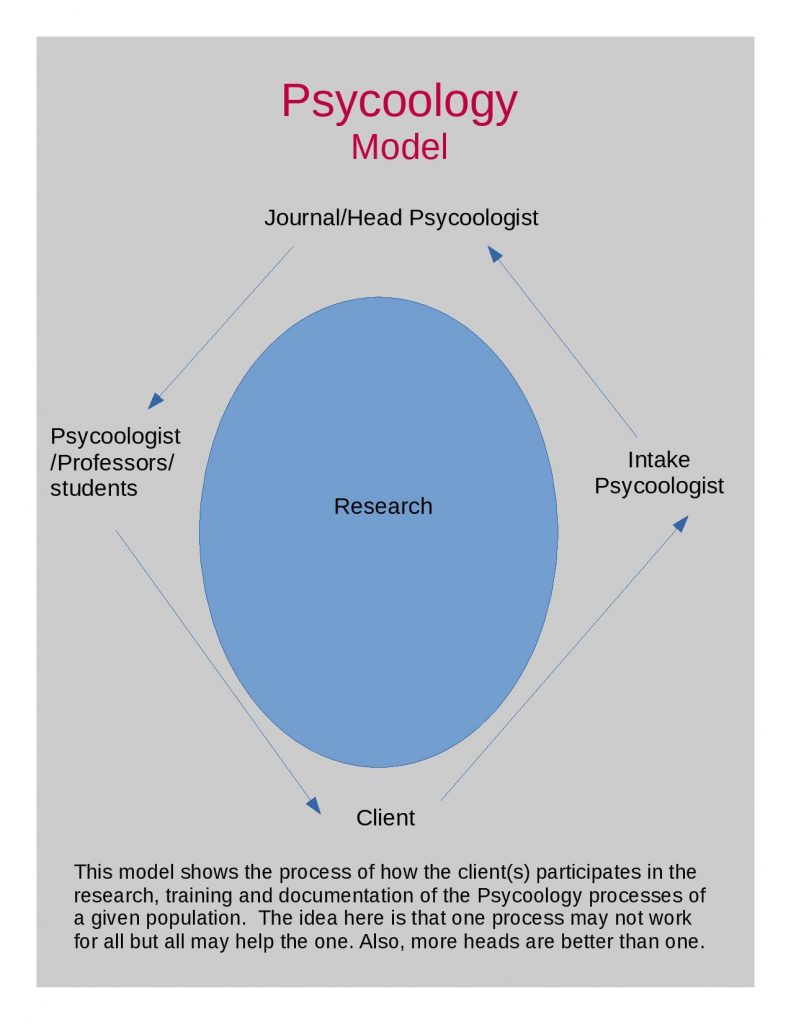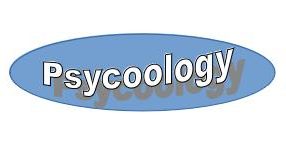
Introduction
Where the process begins in this model depends on whether the client came in looking for a answer to a problem or to participate in a current research project on a given population. For example, currently there is research in place for individuals who have issues with obesity, if the subject fits the programs criteria. For example: client must be x number of pounds over normal weight, subject is willing to lose the weight at no more than one to two pounds per week, is not under a mental health professional’s care and so forth. In this situation the process would begin with the Intake Psycoologist. If however, the client is requesting help in an area not yet being researched the process would start with the Head Psycoologist. Either way, the client would participate in his own research and development by having several sessions with all the team members (Psycoologists, Professors and students). In this example the client could also come from an applied program such as Weight Naturalization. In this case the subject is now mostly part of the research element to study how well Weight Naturalization is working for the obese population. While all this is going on students are active participants in the process in both the research as well as the creation of programs for the development and research of the applied science. The final piece is the creation of the Journal articles from all the activity. Input from all participants are continuously contributing to the Journals that will be written and published by the Head Psycoologist. As you can see this is a closed system for control but with a great amount of flexibility with in it. Another major point is the system is trial an error based. As solutions are tried, they are then measured and adjustments made and then applied once again. The decisions as to what solutions are tried or modified is equally shared by the Head Psycoologist and the client.
